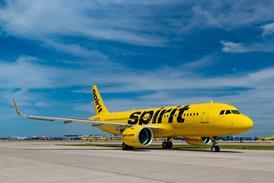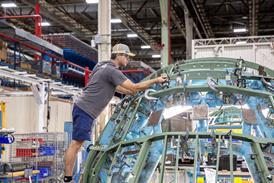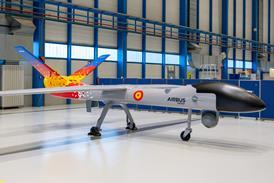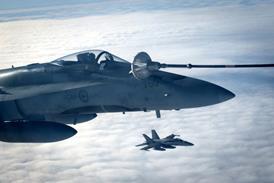
Andrzej Jeziorski/MUNICH
BMWRolls-Royce will begin testing a complete Engine 3E core, incorporating the company's new experimental staged combustion chamber, early next year. The core could eventually update its BR715 engine, certificated in late August.
The Engine 3E ("Environment, Efficiency, Economy") programme involves BMW R-R and rival German engine manufacturer MTU in a Government-sponsored research programme to develop technology for cleaner, quieter and more efficient engines.
BMW R-Rhas been testing an experimental BR700 core engine, incorporating Engine 3E technology, in a high-altitude test facility at Stuttgart University, but with a conventional combustor. The two-stage combustor has undergone separate sector tests and full annular tests which showed a substantial drop in nitrous oxide emissions.
Other topics covered by the Engine 3E programme include new high-pressure compressor and turbine materials, blade-integrated disks (blisks), heat management and sealing, total engine control, exhaust mixing for noise reduction and new combustor technology.
The aim is to reduce nitrous oxide emissions by 15% of the International Civil Aviation Organisation's CAEP 2 standard, to cut noise emissions by 10dB, specific fuel consumption by 20% and direct operating costs by 3%.
According to BMW R-R, the results of 3E blisk research have already been applied in the BR715 turbofan. Germany's airworthiness authority, the LBA, awarded the BR715 European Joint Airworthiness Authorities certification on 28 August, while US certification was granted on 1 September. The awards followed over 2,000h of testing since the engine's first run in April 1997, giving it an approved take-off thrust range of 80-93kN (8,000-21,000lb), with future growth potential up to 102kN.
The 3E programme has received 50% of its funding from a DM600 million ($350 million) funding package for civil aviation research, which ends this year, although Bonn has decided to follow up with DM130 million a year "over the next few years". This will focus on technology related to the Airbus A3XX large airliner programme, as well as for air safety and the environment.
Source: Flight International























